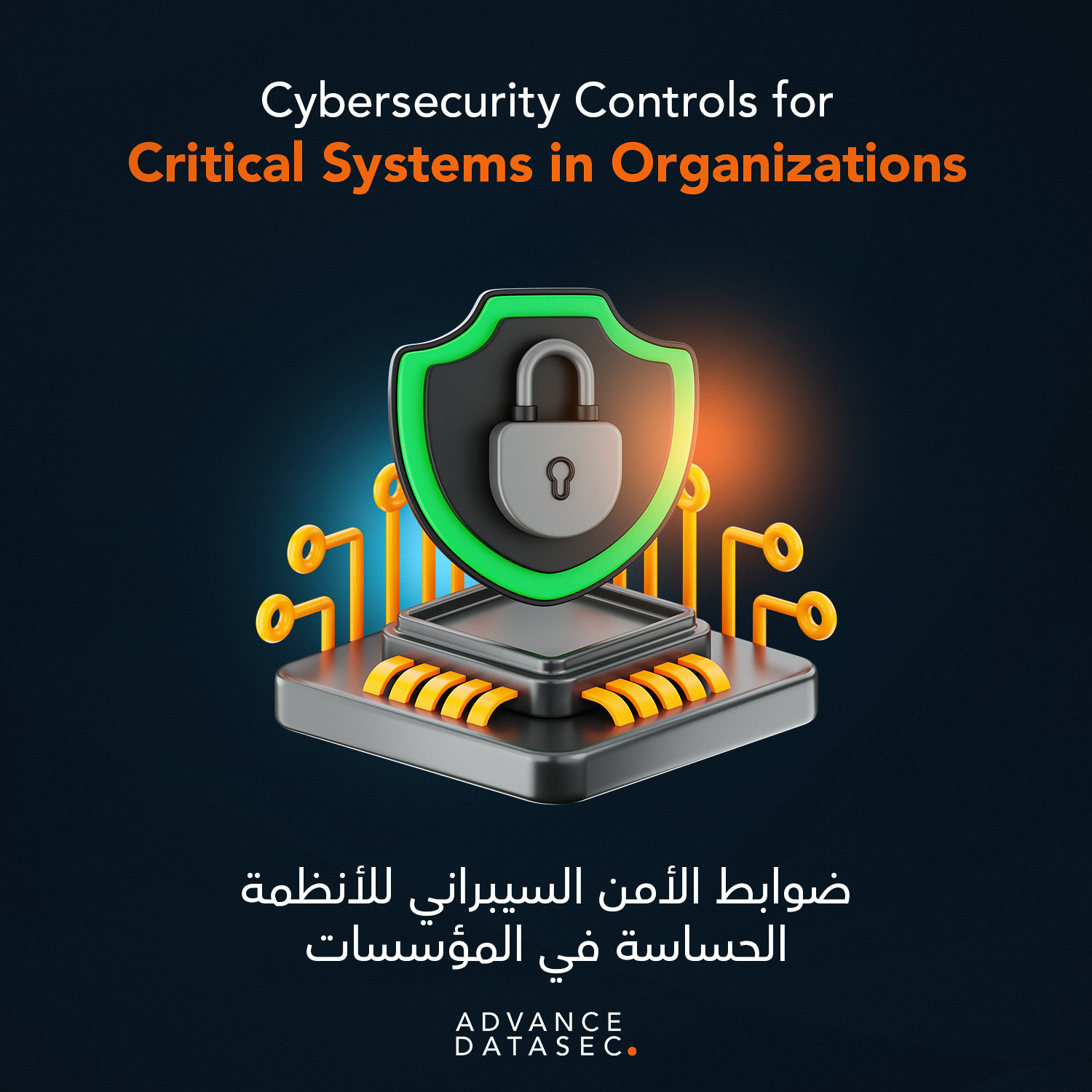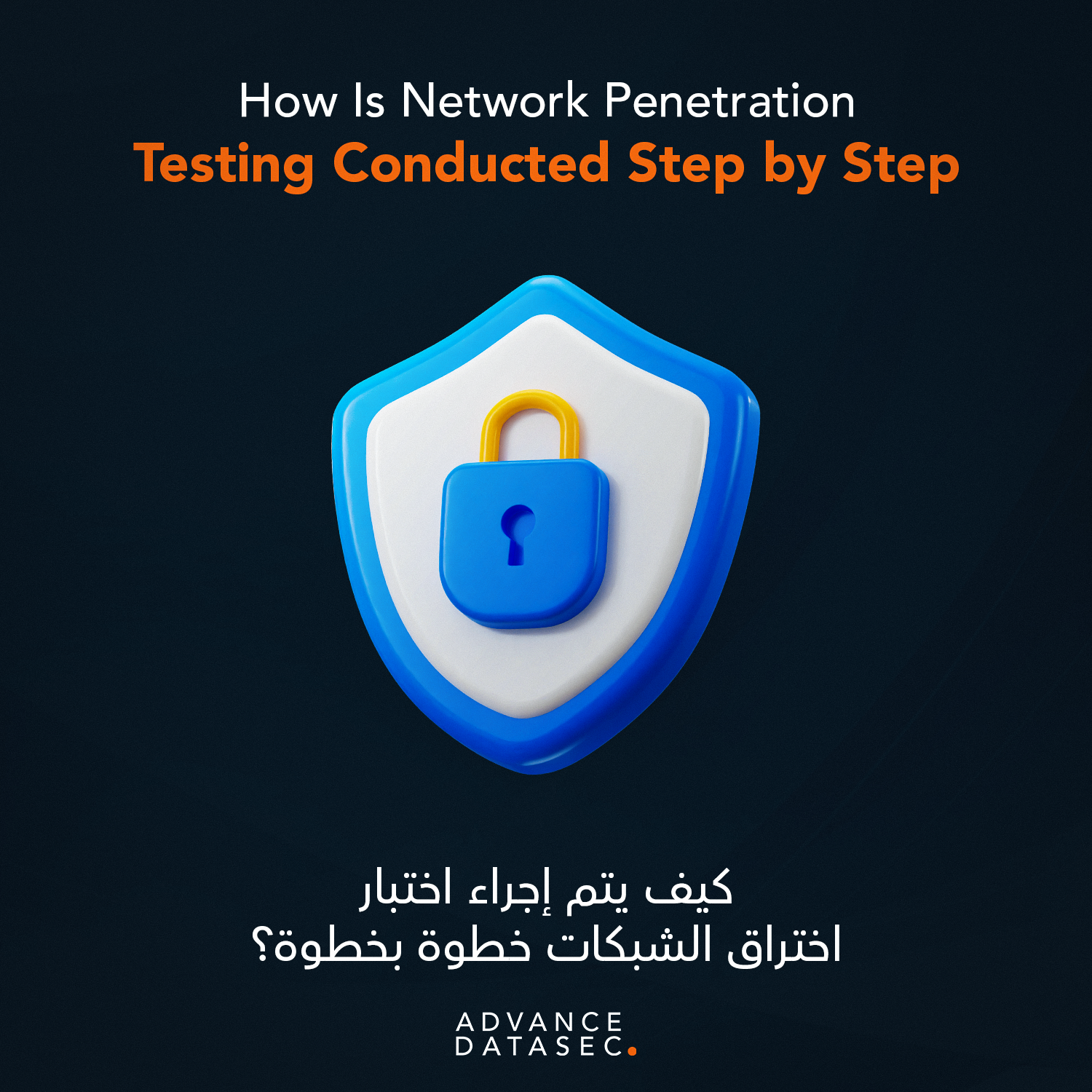In the modern digital landscape, a security incident is often inevitable, regardless of how robust the defenses are. When an attacker breaches a system, the clock starts ticking—not just to stop the attack, but to understand precisely how it happened. This is where the specialized discipline of digital forensics in cyber security steps in. Far from being merely a reactive cleanup effort, digital forensics is a critical investigative science that provides the intelligence needed to prosecute criminals, recover losses, and, most importantly, prevent future attacks.
For any organization serious about resilience, understanding the investigative depth provided by expert digital forensics teams is crucial for translating a security failure into a strategic defensive victory.
The Reactive Power: Uncovering the Truth After a Breach
When a breach occurs, security teams are faced with immediate, existential questions: What was compromised? How long were they inside? Which data did they steal? Simply patching the initial entry point is not enough; a deep, methodical investigation is required to answer these questions with legal and technical certainty. This is the primary reactive function of digital forensics in cyber security.
Digital forensics analysts act as digital detectives, meticulously collecting and analyzing electronic evidence to reconstruct the sequence of events.
The Forensic Investigative Process: A Step-by-Step Approach
To ensure the evidence gathered is admissible in legal or regulatory proceedings, investigators must follow a strict methodology, known as the forensic pipeline:
- Identification: Determining what evidence exists and where it is located (e.g., endpoints, servers, network logs, cloud environment).
- Preservation: Creating a forensically sound, write-blocked duplicate (an “image”) of the original data source. This ensures the integrity and admissibility of the evidence. Maintaining the Chain of Custody is paramount.
- Collection: Physically acquiring the preserved images and volatile data (like system memory contents) in a manner that adheres to legal standards.
- Examination and Analysis: This is the heart of the process. Analysts use specialized tools to scour data for artifacts, including:
- Timeline Reconstruction: Building a minute-by-minute narrative of the attacker’s actions.
- Registry Analysis: Identifying configuration changes, executed files, and lateral movement.
- File Carving: Recovering intentionally deleted or corrupted files.
- Log Correlation: Matching disparate logs (firewall, application, server) to trace the full attack path.
- Reporting: Generating a comprehensive report detailing the scope of the breach, the root cause, the attacker’s TTPs (Tactics, Techniques, and Procedures), and clear remediation steps.
By adhering to this rigorous process, digital forensics in cyber security provides an irrefutable account of the incident, transitioning the organization from panic and speculation to certainty and actionable insight.
The Proactive Value: Turning Post-Mortem Data into Pre-emptive Defense
While the initial goal is to understand the past, the most significant long-term value of a forensic investigation is its contribution to future security strategy. The findings generated by a detailed investigation provide the blueprint for preventing the next attack. This transition from reactive cleanup to proactive defense is the discipline’s crucial preventive function.
The data extracted during the forensic examination is converted into actionable intelligence that directly informs and strengthens security posture:
1. Identification of Indicators of Compromise (IoCs)
Every attack leaves behind IoCs—the digital fingerprints of the threat actor. These might include malicious file hashes, command-and-control server IP addresses, or unique registry keys.
- Forensic teams identify these IoCs.
- Security teams then feed this intelligence directly into their defensive tools (firewalls, EDR systems, SIEM).
- This instantly immunizes the network against the known methods of that specific threat actor, drastically increasing the security maturity.
2. Root Cause Analysis (RCA) and Policy Review
The forensic report always identifies the root cause—was it an unpatched server, a phishing link, a weak password, or a misconfigured firewall?
- This RCA allows the organization to address the precise security gap that was exploited, not just the symptom.
- Furthermore, it reveals weaknesses in security policies and the Incident Response (IR) plan itself, allowing the IR plan to be hardened and better prepared for future events.
3. Enhancing Security Architecture
Repeated forensic investigations often expose systemic vulnerabilities across the IT environment. For instance, if lateral movement is consistently successful, it suggests segmentation or Privileged Access Management (PAM) issues. Digital forensics in cyber security thus becomes a critical feedback loop, driving strategic investment in:
- Network Segmentation: Isolating critical assets to limit the scope of a breach.
- Patch Management: Prioritizing systems found to be common points of entry.
- Access Controls: Ensuring the Principle of Least Privilege is strictly enforced.
Specialized Disciplines within Digital Forensics
The nature of modern threats necessitates specialized forensic expertise across various environments:
- Network Forensics: Analyzing network traffic, logs, and metadata to identify intrusion points and the communication links used by attackers.
- Malware Forensics: Deconstructing malicious code to understand its function, target, and persistence mechanisms, helping to develop better threat intelligence.
- Cloud Forensics: Investigating incidents in cloud environments (AWS, Azure, GCP), which requires unique knowledge of platform-specific logging and data retrieval methods.
- Mobile Forensics: Extracting evidence from smartphones and tablets, often crucial in corporate espionage or insider threat cases.
The deep specialization required for effective digital forensics in cyber security underscores the need to partner with experienced professionals who possess the right tools and certifications to handle complex, large-scale investigations across these diverse digital terrains.
Conclusion: Forensics as the Foundation of Resilience
Digital forensics in cyber security is more than just a regulatory necessity; it is the cornerstone of a mature security program. It transforms a damaging event into a learning opportunity, providing the empirical evidence needed to understand attacks (Detection) and modify defenses to stop them from succeeding again (Prevention). The detailed, verifiable data generated by a forensic investigation is the most valuable intelligence an organization can acquire.
Your organization’s ability to swiftly and accurately respond to an incident, recover critical data, and implement lessons learned is directly proportional to the expertise of the forensics team you engage. Don’t wait until the next crisis strikes to secure your investigative capabilities.
Ready to establish a robust Incident Response plan backed by world-class Digital Forensics experts? Contact Advance-DataSec today to secure your assets and ensure business continuity with expert, localized cybersecurity solutions.

For more articles:







